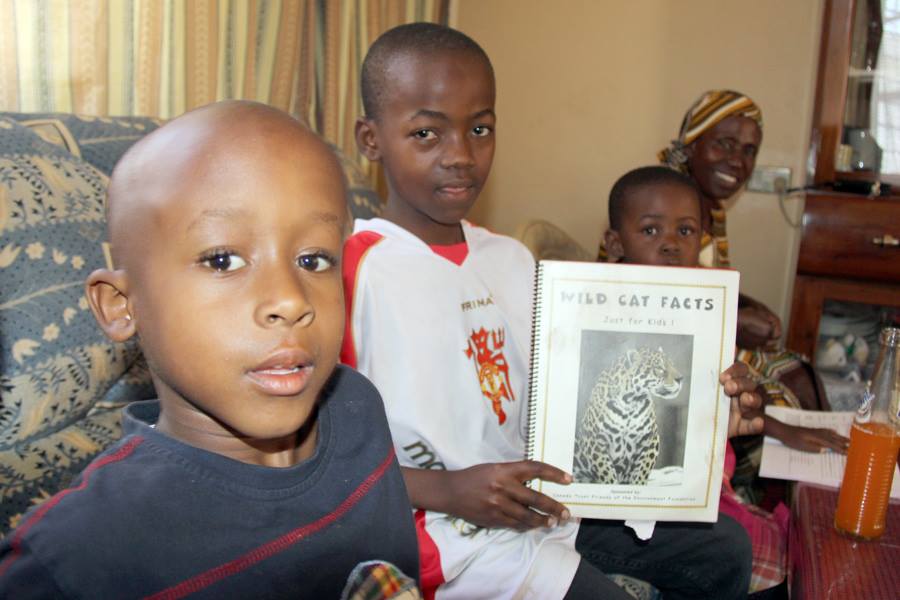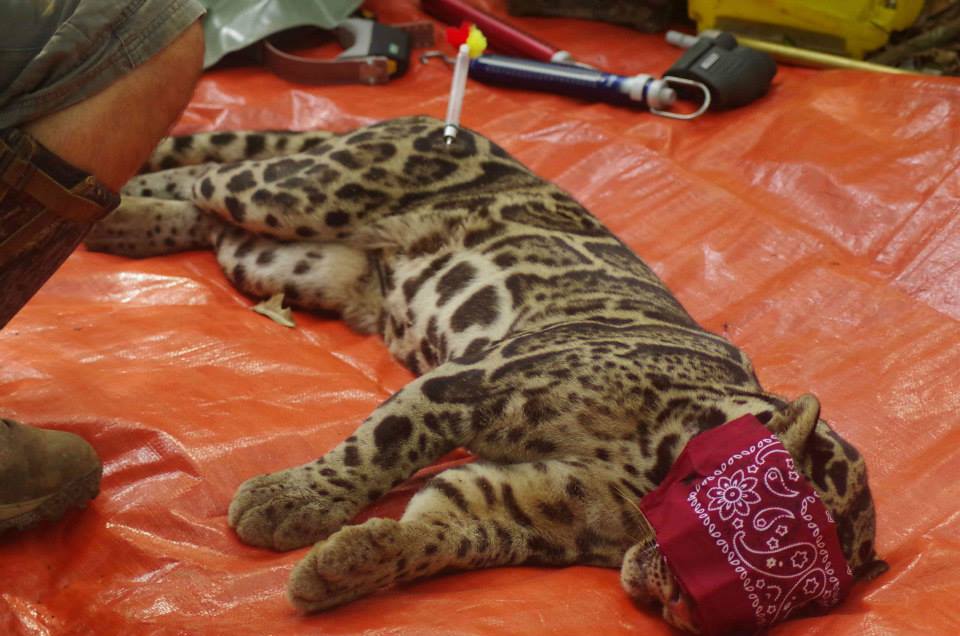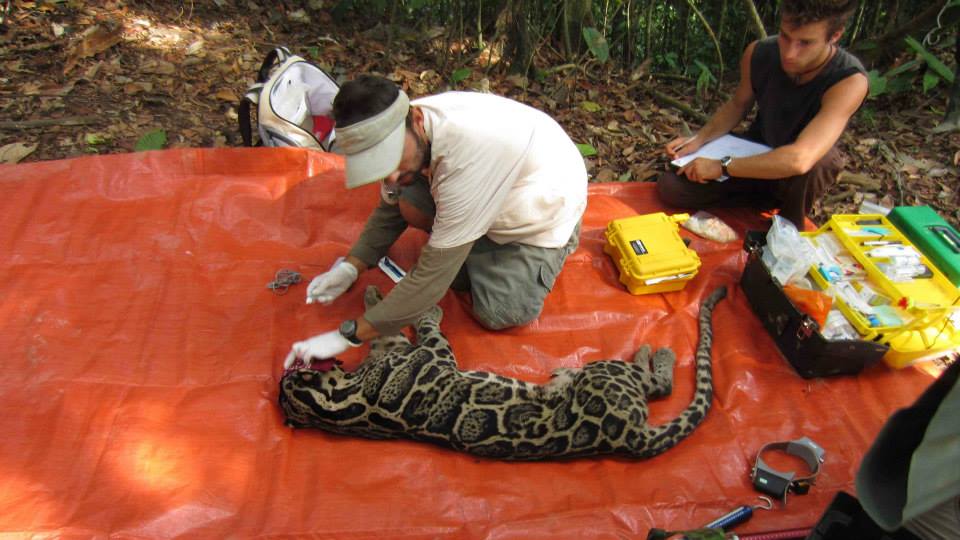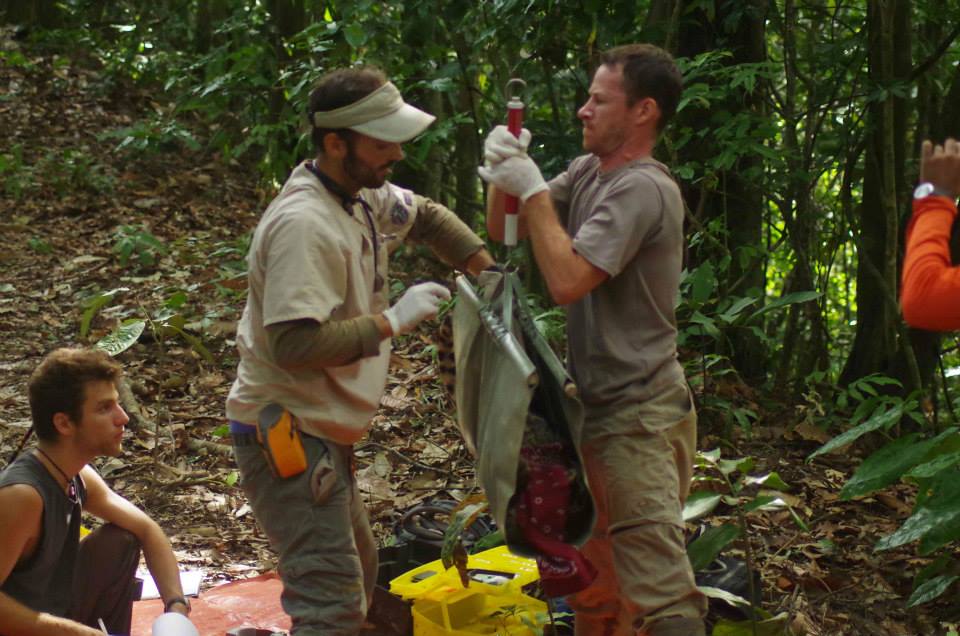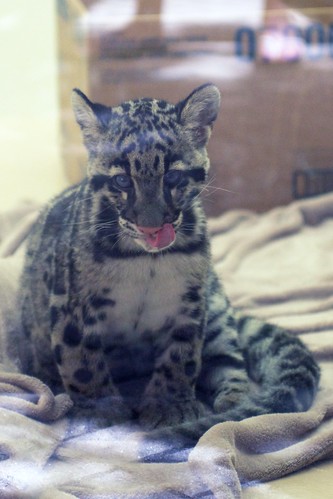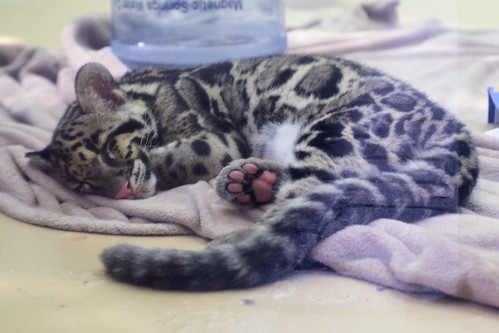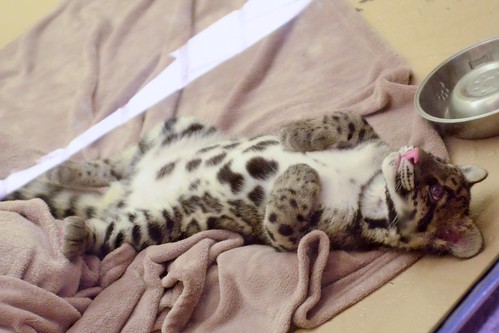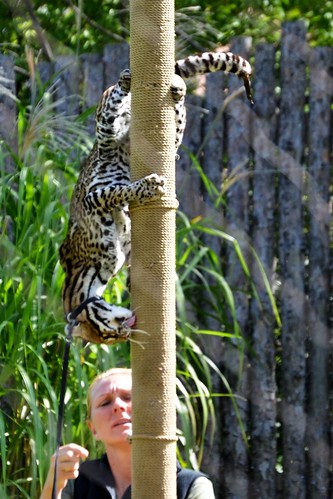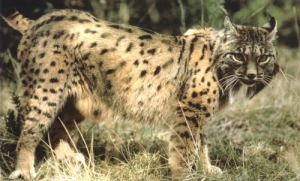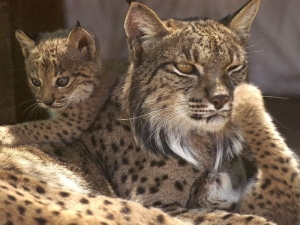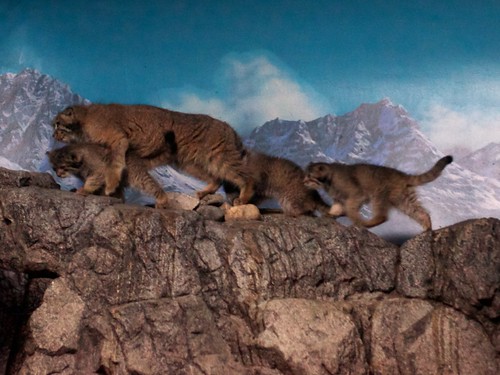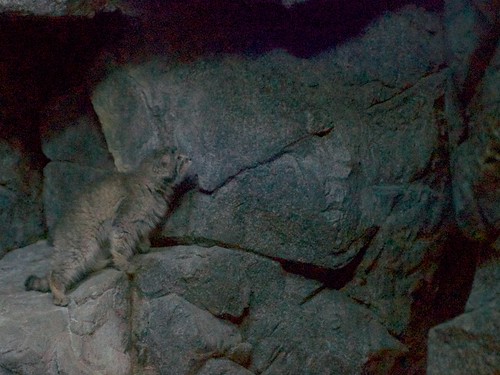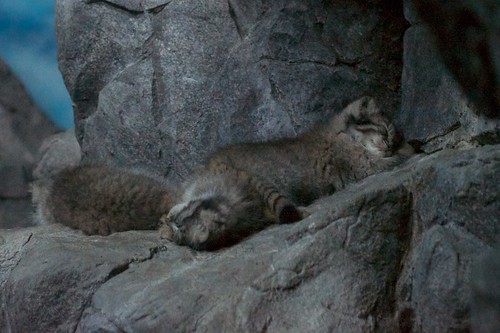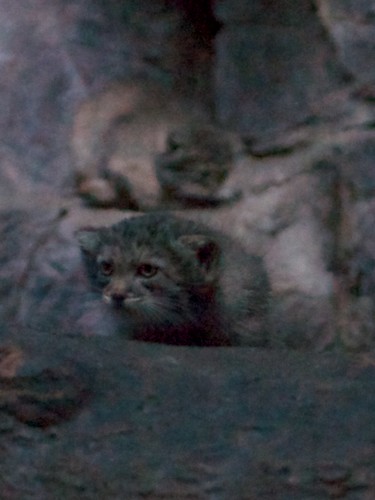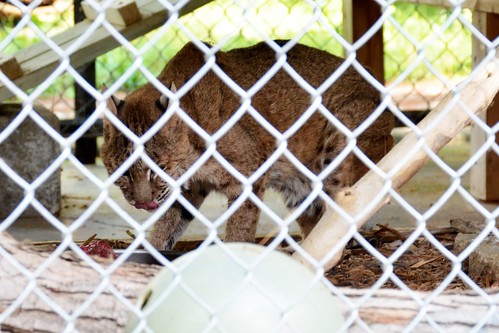
Meet Eli, a bobcat at the Hueston Woods Nature Center, in southwest Ohio. Unfortunately, he is a permanent resident of the center. Eli cannot be released into the wild, as he was someone’s pet, who even had him declawed. As you know, wild cats as pets are not a good idea. He now is an ambassador for his species.
ISEC book makes friends in Tanzania
ISEC Canada friend Carol Peterson of Nature Encounter Tours just sent us this wonderful photograph from Tanzania. A few years ago, we distributed free copies of our Wild Cat Facts book to many countries in Africa. Carol was overjoyed to see these adorable kids reading our book when she visited them this week.
First Sunda Clouded Leopard Collared
A wild Sunda clouded leopard was recently trapped and fitted with a satellite collar for the first time ever, as part of a collaborative project between the Sabah Wildlife Department (SWD), WildCRU and the Danau Girang Field Centre (DGFC).
On Sunday 15 September, early morning, a male Sunda clouded leopard weighing 25 kgs, was caught in one of our traps set up along the Kinabatangan River, Sabah, Malaysia in the vicinity of DGFC. Rarely seen, Sunda clouded leopards are amongst some of the most elusive and secretive of the world’s wild cats, and as such, remain one of the least understood. The leopard was fitted with a satellite collar to provide us with crucial information on its movements in the Kinabatangan landscape. It should send a location every 20 minutes for about 4 to 6 months, enabling us to determine its home range and how it is able to move through the fragmented landscape. Incredibly, a few days later, we caught another individual, an old female, weighing only 9 kgs. She was too small and too old to collar, but we have been documenting her in the Kinabatangan since 2010, using camera traps.
SWD, DGFC and WildCRU wish to thank Sime Darby Foundation for their support and for providing a grant of MYR 1.46 Million towards our project on the conservation of the Sunda clouded leopard and sympatric carnivores in Sabah. Additional funding and support are provided by Atlanta Zoo, Houston Zoo, Recanati-kaplan Foundation, Robertson Foundation, Point Defiance Zoo and Rufford Foundation.
Sept 21, 2013 News release from Danau Girang Field Centre
African Golden Cat, Caracal and Serval in the Central African Republic
By Raffael Hickisch and Thierry Aebischer
We report here that all three species of the caracal lineage were recorded in the same areas of the Chinko/Mbari drainage basin of eastern Central African Republic. Using camera traps we recorded African golden cat three times at one site, 190 km north of its recognized range. The caracal was recorded once, 250 km south of its recognized range and 7 km from where the golden cat was recorded. Finally, the serval was recorded on 12 events, 4 km from where the golden cat was recorded. The indication of this sympatric presence of all three species of the caracal lineage has not been reported for many (if any) areas in Africa and is worthy of further investigation.
These findings are remarkable. The occurrence of golden cat in the highly fragmented savannah/rainforest patch at that latitude was unexpected. Given that the golden cat is known as a forest and deep forest dweller, one would expect to see it 200 km away in the contiguious lowland forest. The fact that we detected serval 4 km away and caracal 7 km away from the site of the golden cat captures show that all three species occur within close range of each other.
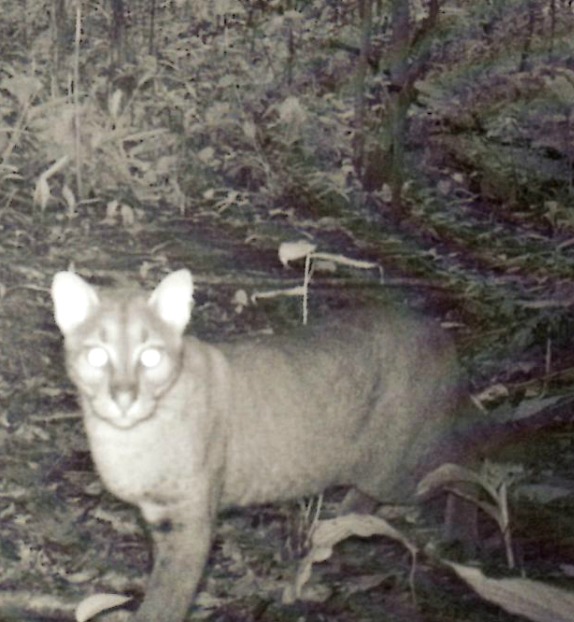
According to known species ranges, there are very few areas that actually indicate a possibly sympatric presence of all three species, and we believe this to be the first documentation of such an occurrence.
Surprisingly, our camera traps did not record a single African wild cat Felis silvestris, nor did we see tracks on this species on the line transects. Additionally, safari hunting staff operating in this area since 2007 have failed to record this small cat in the area. According to published distribution maps, we would expect to find this fourth member of the African small cats in the Chinko/Mbari drainage basin.
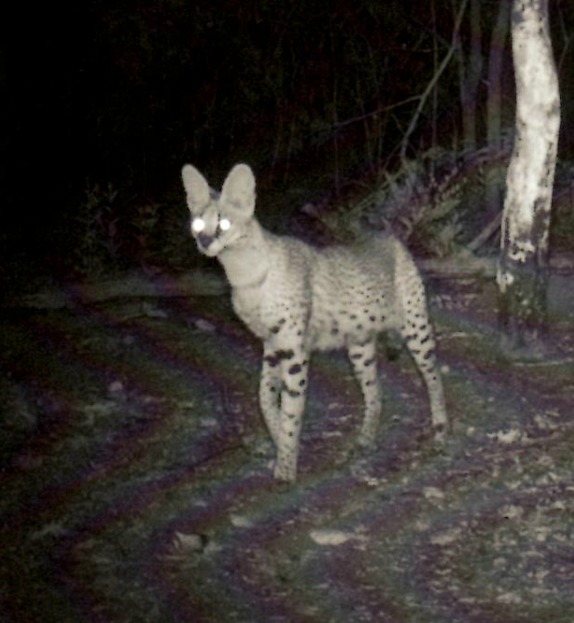
Because of this curious finding, we plan to publish a comprehensive analysis of all predator events the camera traps recorded in 2012 and more findings on occurrence, abundance and habitat preference of species from the caracal lineage as soon as possible. We will continue to generate and share relevant data in the coming years of research and conservation work in the Chinko/Mbari drainage basin.

Pressure on this important area is expected to increase with poaching, land use changes, and political unknowns, underlining the need to understand this unique habitat and its functioning to prepare for future precautions.
Source: IUCN Cat News 58, Spring 2013
Whose wild idea was this?
Costa Rican officials announced in July that they are planning to close two zoos in the spring of 2014 in the interests of the animals welfare. The Simon Bolivar Zoo in San Jose and the Santa Ana Conservation Center are slated for closure. The zoos are to be converted in to urban parks where wildlife can roam freely. Some of these zoo animals are to be relocated to animal-rescue organizations and others are to be released to the wild. Unfortunately many of the rescue centres are already overcrowded after an influx of animals last December when a new law was passed making it illegal to keep wildlife as pets.
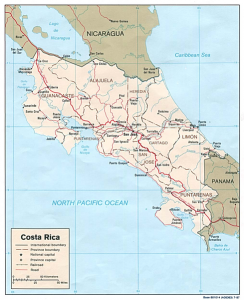
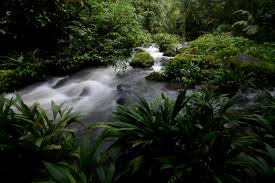
I have put off writing this blog as I kept searching the internet hoping to find more details about the closure of these zoos and the fate of the animals. Unfortunately there does not seem to be many details about the relocation of the animals. I have not found a complete list of the animals housed at these zoos but there are reports that there are over 400 animals including a few large cats.The veterinarian from one of the zoos has expressed concerns about the suitability of most of the animals for release as many of the animals have health problems and lack natural instincts due to being raised in captivity.
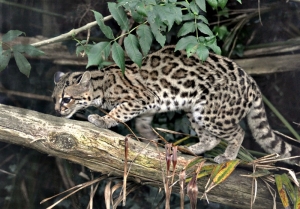
There are many concerns should officials decide to release some of these animals. Reintroductions to the wild are frequently unsuccessful without taking the time to conduct proper planning, research and conditioning. A soft release where the animals are gradually returned to the wild while being monitored and fed would be preferred over a hard release where the animals are simply turned loose to fend for themselves. The success rate is much higher with captive animals in a reintroduction program that are raised from birth, receive little or no human contact and are exposed to simulated situations like those they will encounter in the wild. There is also the impact on the wild species and ecosystem already in place to consider.
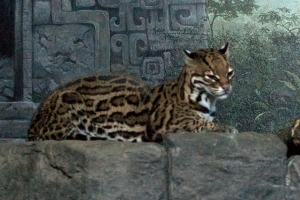
What is the current status of the wild populations of small wild cat species in the release areas and how will they be affected? Are the captive carnivores capable of hunting live prey? Will the released specimens become nuisance animals, preying on farmer’s livestock or getting in to garbage? Will these animals be monitored and if so, for how long? These are just a few of the questions that come to mind. While there are many who applaud this announcement, I have many concerns and will continue to monitor this story for updates.
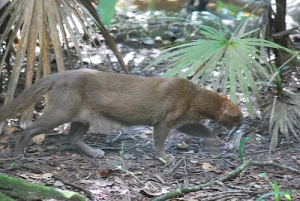
Saber the Clouded Leopard
Zoo animals are ambassadors for their cousins in the wild.
–Jack Hanna, Director Emeritus of the Columbus Zoo and Aquarium
The newest member of the Columbus Zoo‘s ambassador is Saber, a four month old clouded leopard. He’s named for his teeth: clouded leopards have the largest teeth of any felid (relative to their body size).
He’ll eventually have the job of educating people about his species, and how to help protect these animals in the wild. For instance, a major cause of habitat lose for clouded leopards (among other animals) is palm oil production. Consumers can make smart choices, and buy products made with sustainable palm oil–there’s even an app for that.
For now, though, he’s happy just to show his fans his magnificent belly!
10 Most Popular Pages on Our Site
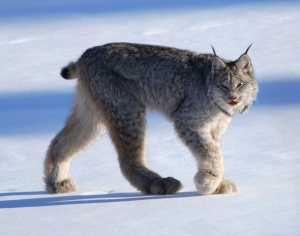 We have a LOT of pages on this site! After all, we’re dealing with 28 small feline species on seven continents. Add in the blog posts and the amount of information available here is massive.
We have a LOT of pages on this site! After all, we’re dealing with 28 small feline species on seven continents. Add in the blog posts and the amount of information available here is massive.
As we do on occasion, we’ve compiled a list of the 10 Most Visited Pages, which have changed a lot since the last time we looked. If your favorite cat is not on this list, spread the word and tell your friends to have a look at their fact sheet!
#10- Wild Cats Blog
#9 – Black-footed Cat Project
#8 – Oncilla Fact Sheet
#7 – Bobcat Fact Sheet
#6 – Ocelot Fact Sheet
#5 – Margay Fact Sheet
#4 – Black-footed Cat Fact Sheet
#3 – African Golden Cat Fact Sheet
#2 – Wild Cats
And the most popular page, by a large margin:
#1 – Canadian Cats
We would love to expand our coverage of Canadian cat species, so if there is anything you would to see on our site, please leave us a comment below!
Inverted Ocelot
Celebrating Another Success for the Iberian Lynx Recovery Plan!
A news article on June 27, 2013 from Portugal News Online reported that two Iberian Lynx born last year at the Silves Reproduction Centre in Portugal were recently released in to the Guarrizas Valley in Spain. Eleven of nineteen Iberian Lynx released into the wild so far this year were born at the Algarve-based CNRLI reproduction centre, in Silves. The cat’s first few days of freedom were monitored by radio and satellite.
So far this year 17 cubs have been born at the CNRLI centre in Silves, 15 of which are currently also being taught to live in the wild, in preparation for their release next year.
The Iberian, or Spanish, Lynx is currently the most endangered wild cat species in the world. The situation of the Iberian Lynx is so grave that it is the only felid species in which the costly and risky process of captive breeding and reintroduction is essential. The lynx is threatened by the collapse of its main prey, the European rabbit, whose population now numbers only about 5% of 1950 levels due mainly to the introduction of exotic diseases.
